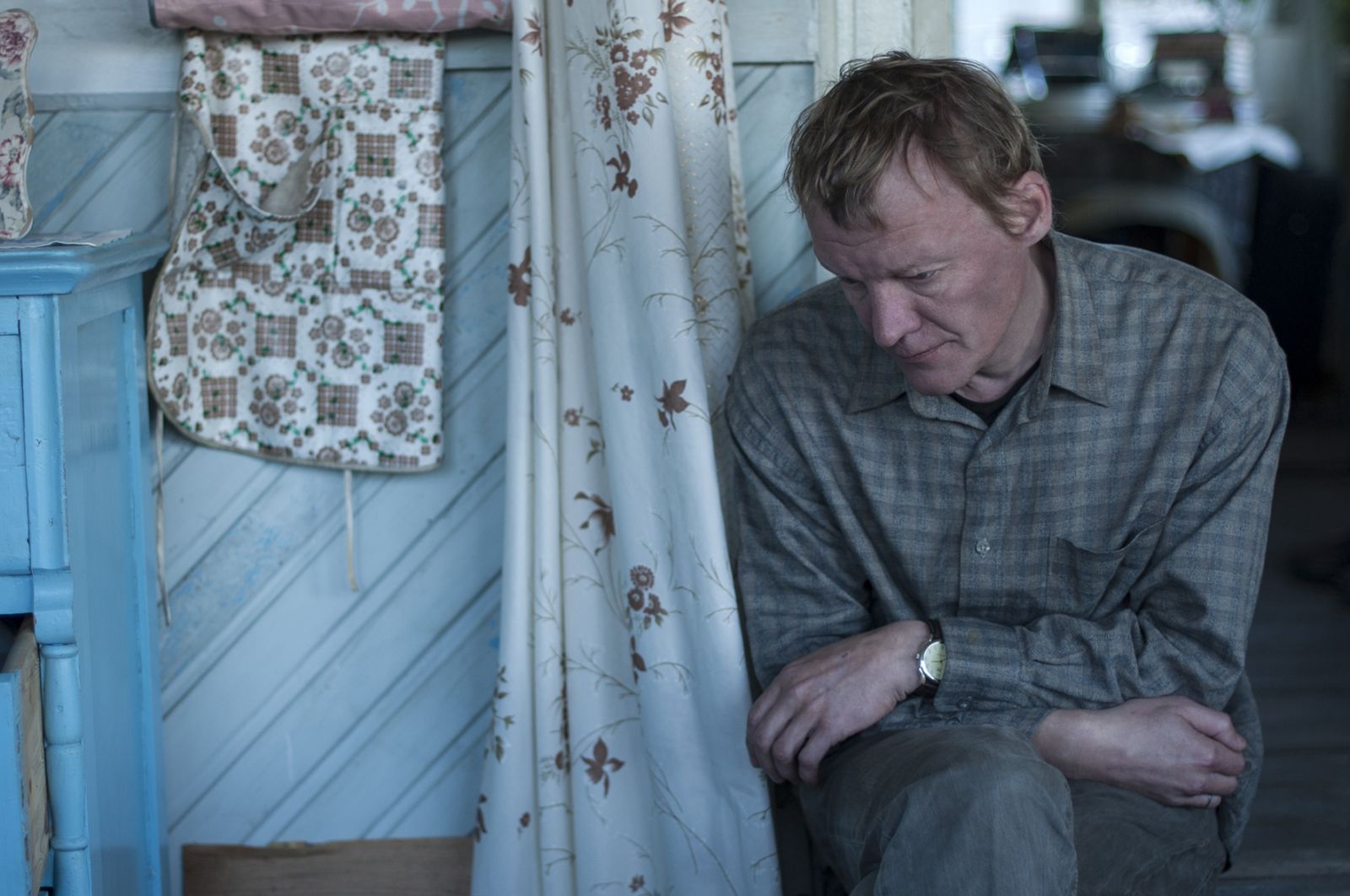Social cinema

Russian social cinema started to form around the last years of perestroika during the 1980s. Hit movies, such as Little Vera (1988) and Intergirl (1989), criticize the soviet society and predict the imminent collapse of the USSR with the examples of ordinary domestic stories. During the 1990s, social cinema gradually disappeared from screens, giving space to movies about criminals and shootouts, which reflected zeitgeist. However, since the mid-2000s social cinema began to return to the cinemas with films such as Playing the Victim (2006), Everybody Dies But Me (2008), Cargo 200 (2009), The Stoker (2010), A long and happy life (2013), and others.
Social cinema is a popular form of creative expression of contemporary Russian directors. The central part of the narrative of the social film is a small domestic conflict of some individuals, through which internal contradictions and problems of the society are revealed. Social cinema has a humanistic orientation and appeals to human consciousness. It is a distorting mirror of modern society, which not only shows what is happening, but also critically conceptualizes it. Social cinema is extremely realistic in its aesthetics. It does not contain any fantasy elements; instead, it is filled with countless details of modernity.
In Russia, social cinema is rarely successful at the box office. It is commonly referred as “chernukha” (from the Russian word “cherniy” (чёрный) – black, dark), because of the pessimistic realistic images, depression, and hopeless visions of life. However, at the same time, it covers the almost not seriously viewed and discussed problem of acute moral crisis in the society and in the system of social relations. In modern Russian social cinema, one can see negative representations of the government and police, which is the main tool in the hands of the state. At the same time, directors are critical to the common person, who is seen as passive, silent, and prefers to wallow slowly into the problems.
For discussion
-
What, in your opinion, influenced the return of social cinema in the mid-2000s?
-
What, do you think, makes the Leviathan a social film? What other examples of social cinema do you know?
- Leviathan caused numerous negative comments from officials and the public. Minister of Culture and religious figures spoke critically against the movie and the way Russian people were portrayed. According to the deputy of the St. Petersburg Legislative Assembly Vitali Milonov, Leviathan is a set of anti-Russian stereotypes, aimed to create a negative image of Russian society and the state. What caused such a reaction? Is the criticism valid? Were there any ways to avoid it?
Exercise
Ask students which social issues do they care about? Do they see any reflection of those issues in contemporary art? If you have an access to video cameras, give students a task to make a short movie in the style of social cinema about a subject of their concern.







